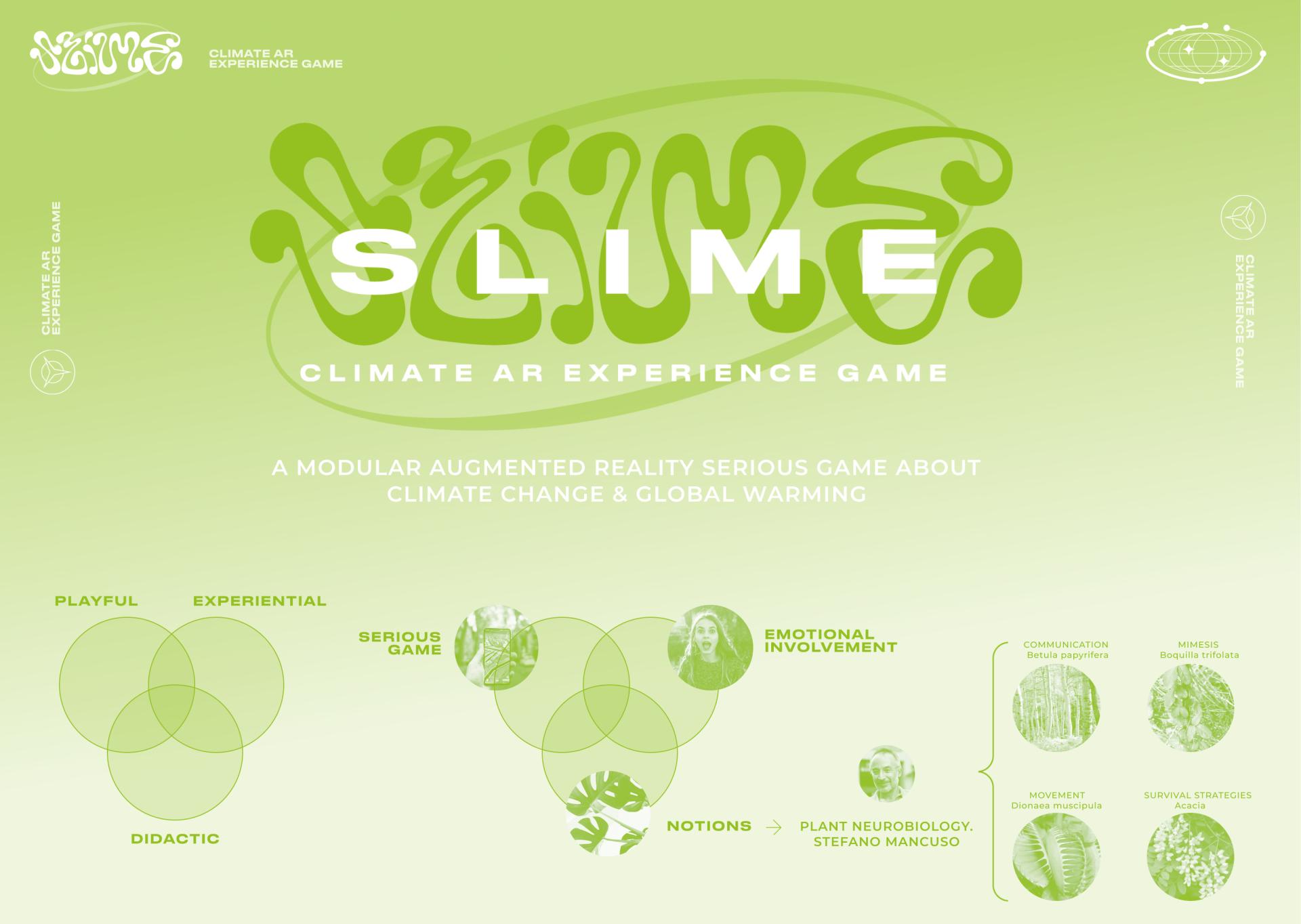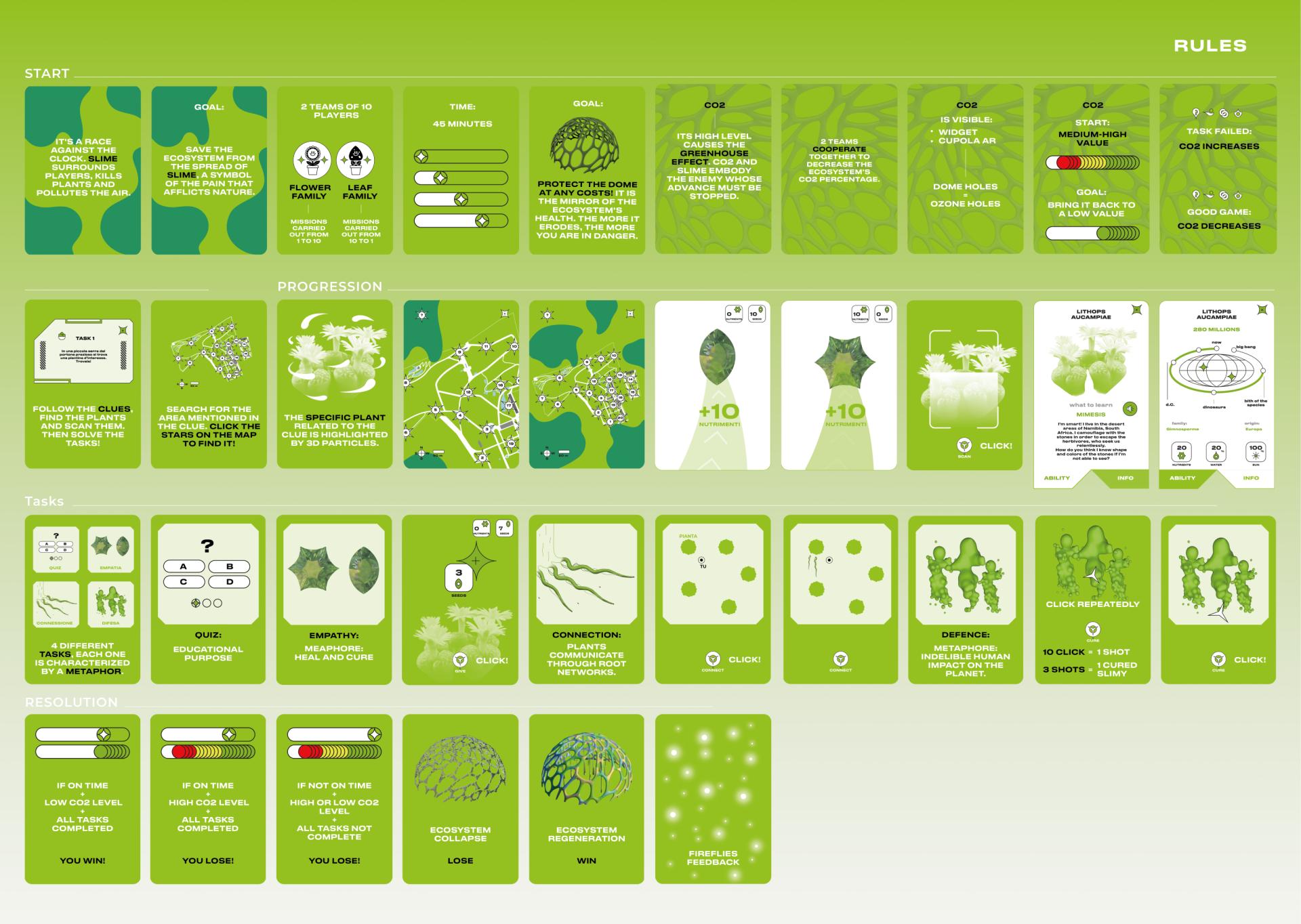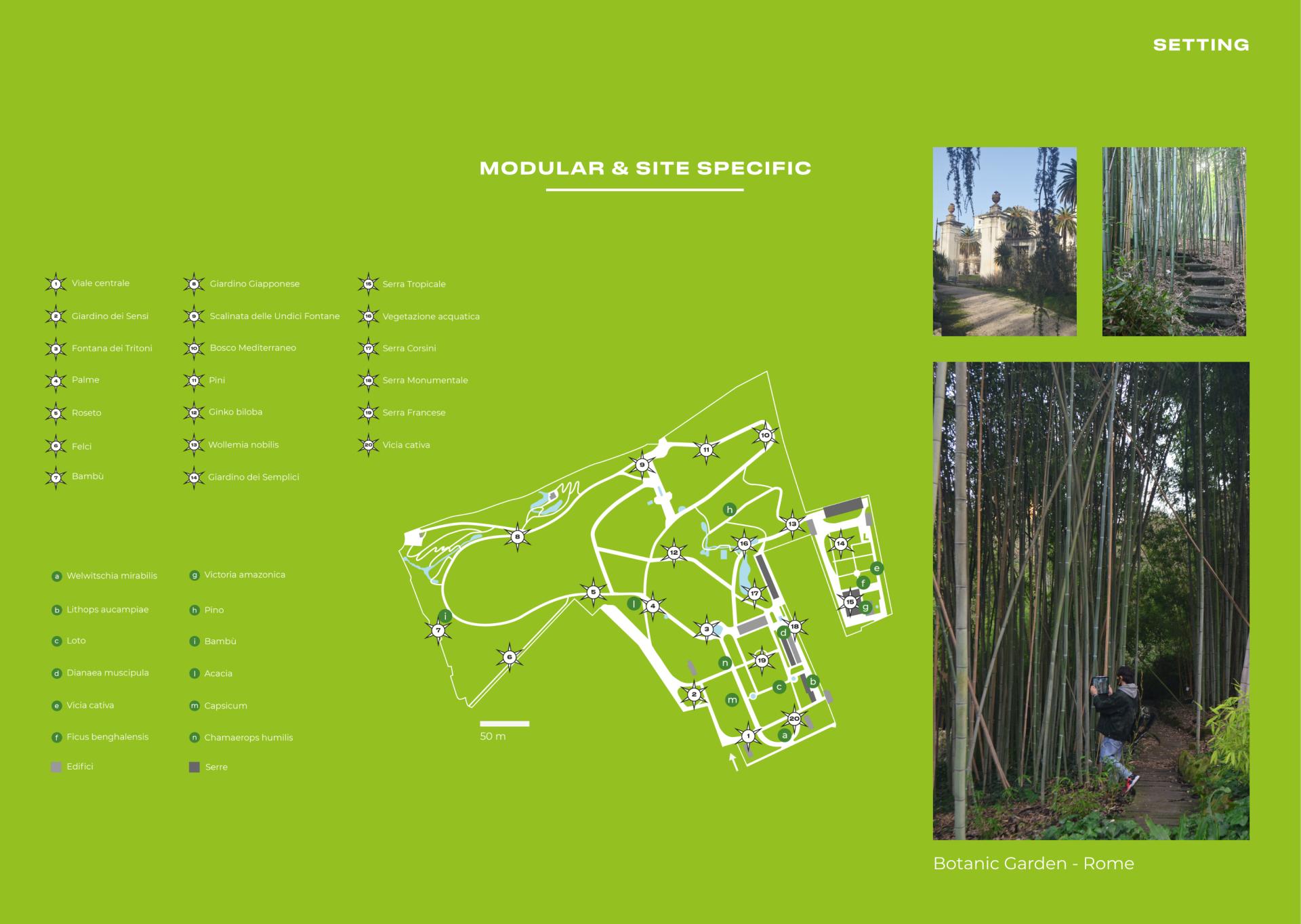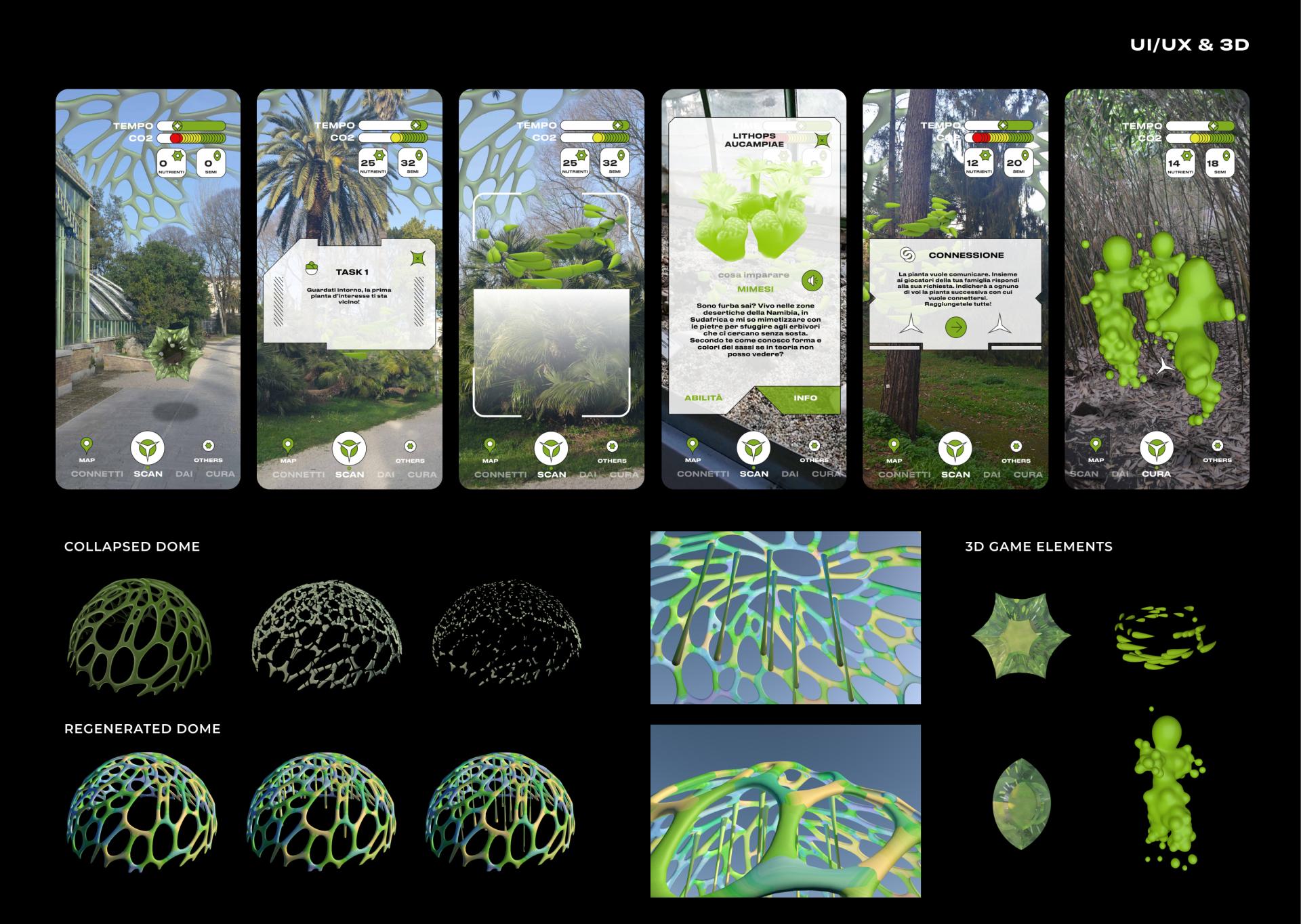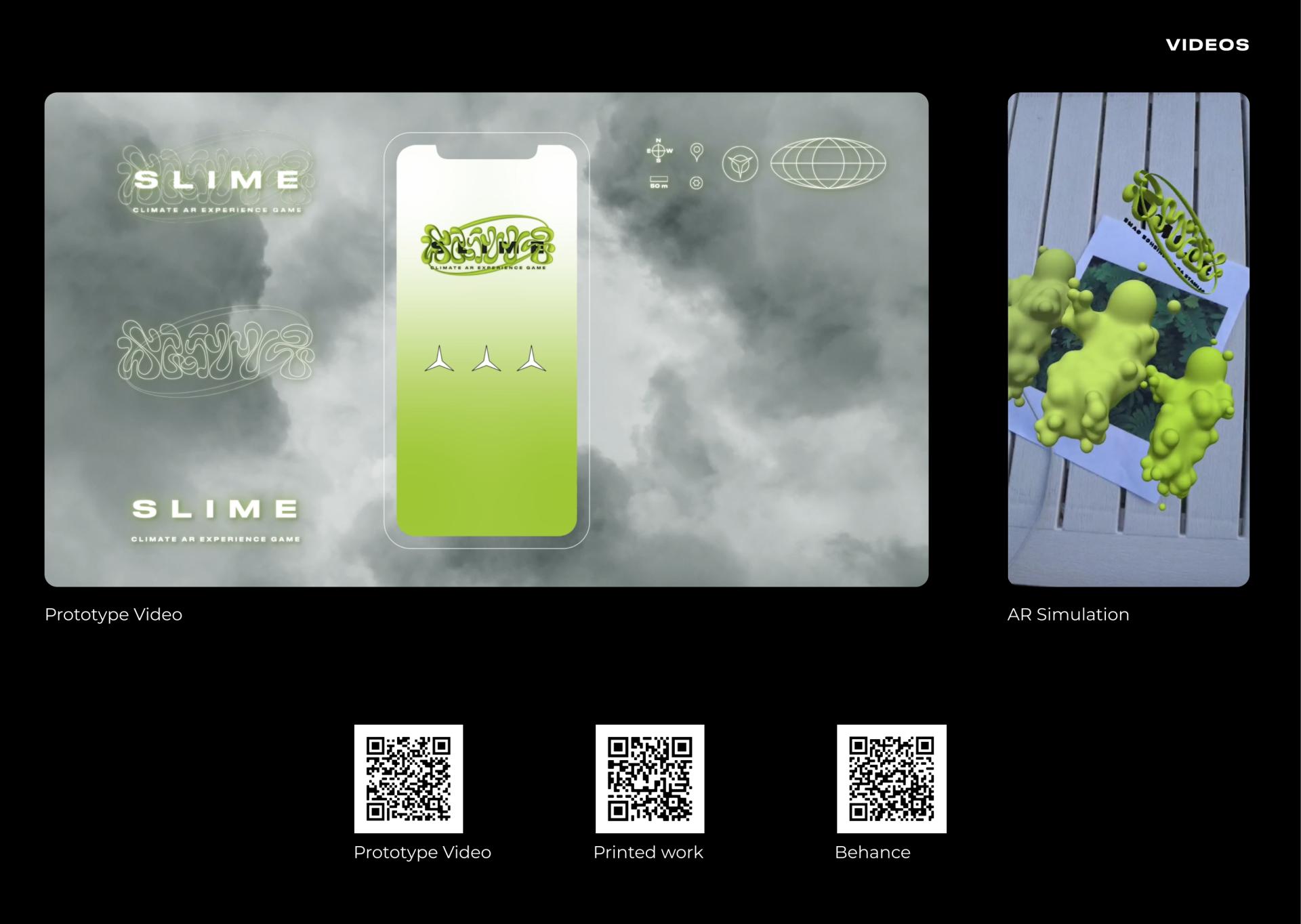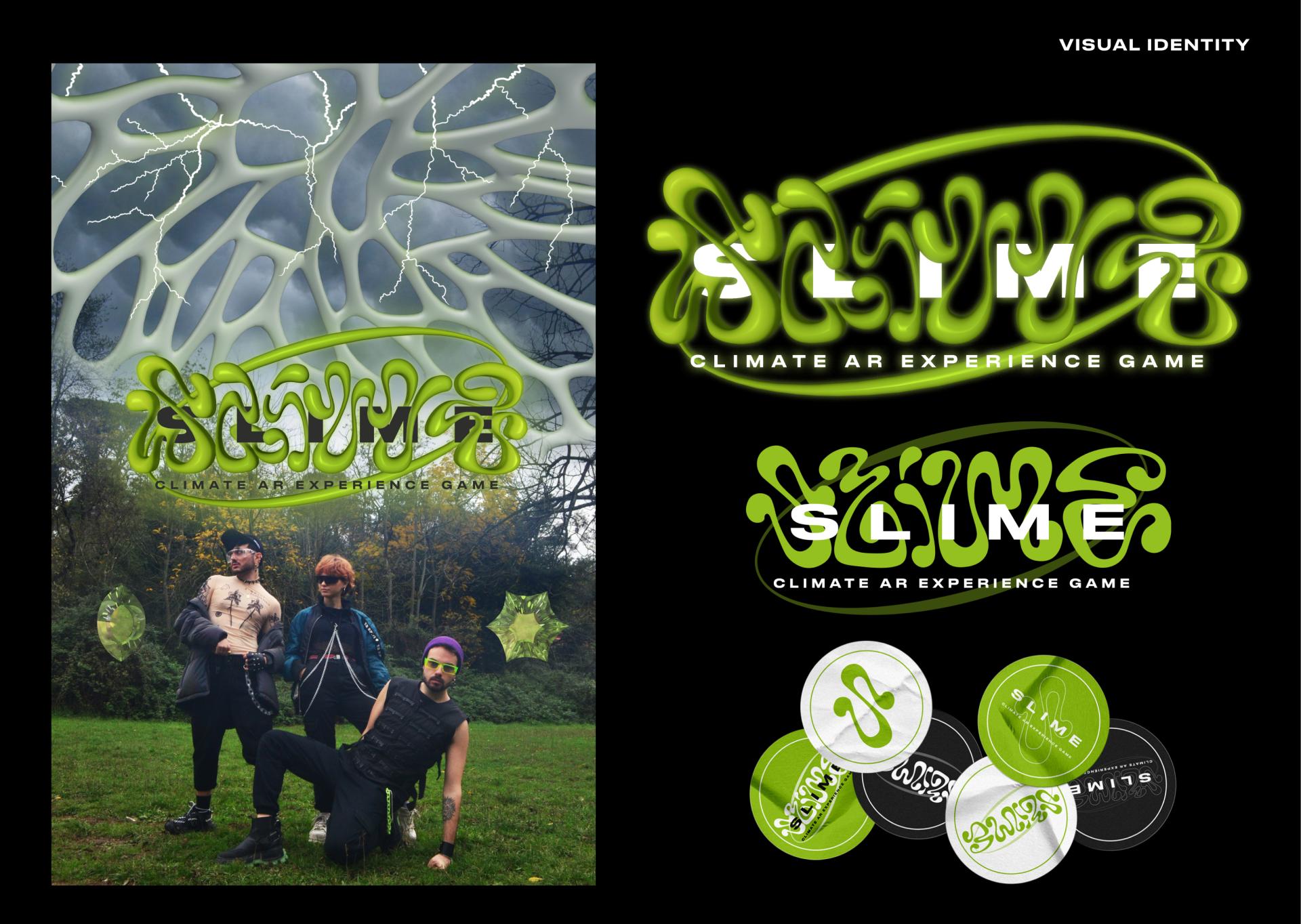Slime
Basic information
Project Title
Full project title
Category
Project Description
Slime Climate Experience Game is a game app based on climate change and global warming. Through augmented reality, the users are entered into a treasure hunt, whose goal is to save the digital ecosystem: stop the spread of the “Slime”, lower CO2 levels, and save the 3D dome that is above the game space using their devices. The key to winning the game is cooperation: through the group experience made of common goals, the 2 teams must collaborate to prevent the ecosystem's health.
Geographical Scope
Project Region
Urban or rural issues
Physical or other transformations
EU Programme or fund
Which funds
Description of the project
Summary
Slime is a modular Augmented Reality Serious Game on Climate Change and Global Warming, set in Rome’s Botanic Garden. The project has its roots in environmental psychology and investigates new ways to encourage society to become active in solving the climate crisis. Slime is playful, didactic, and experiential at the same time, connecting informal teaching, visual communication, and multimedia installation.
The aim is to create a digital ecosystem where users must play and cooperate to save the environment. During the game, the main goal is to save the digital ecosystem: stop the spreading of the Slime and lower CO2 level in the air. Through personal devices, users can scan plants, collect 3D seeds and nutriments and see the 3D Dome (mirror of the ecosystem’s health) above their head in the game space. The dome is interactive and directly editable by the players according to the progress of the game; the expansion of its holes represents the threat of the holes in the ozone layer.
The users can immerse in an "augmented" reality, which reveals the plant world's curiosity and functioning, leveraging the user's emotional side. Through the experience made up of common goals and timing, users have to complete tasks about plants’ neurobiology information given or active actions to help fight the Slime (CO2).
By proposing a synthesis of the climate crisis in the form of a game, Slime wants to increase players' respect and admiration for the vegetation sphere. The return of feedback builds the visual and perceptive experience of the players.
One of the key points is cooperation: to win the game the two teams must collaborate and fight together against the ecosystem’s deterioration. The goal is to lead society to act: only through cooperation, we can achieve goals that are common to the entire world. The path must start from a pedagogical-educational approach, that is the only way to convey a message capable of building a new global mindset and lifestyle.
Key objectives for sustainability
Using the serious game approach, the project aims to change human’s point of view toward nature. Through vivid and active communication, the goal is to raise awareness about the climate crisis and focus on the need to direct modern society toward a more sustainable life model. Slime wants to increase players' respect and admiration for the vegetation sphere, trying to change humans’ mindset toward the natural ecosystem. As the environmental crisis has brought back to attention human’s interest in ethic topics like the quality of life and the need to reconcile with nature, people are becoming aware of the need for change within the society’s anti-ecological walls. Using technology to transpose reality in the form of a game, it is indeed impossible to ignore what we have every day right in front of our eyes: the 3D dome that the user can see above his head clears out the damage caused by the climate crisis and the need to act, as it breaks or repairs due to user win or lose during the tasks. The holes within the dome underline the ecosystem’s alteration and suffering due to the weight of humans’ actions.
The way to bring the message to people and to help build a new more sustainable lifestyle is the pedagogical and educational one; the first step is to build a stable and efficient environmental education to develop individuals that can carry on an active transformation within humans’ attitude toward natural ecosystem. Slime strives to realize informal teaching using information and data about nature – to build up knowledge and critical thinking – and practical experience – that is active action through augmented reality – to establish a close and empathic connection between the user and the surrounding environment. Slime wants to entertain the user focusing his attention on important topics such as climate change and sustainability, teaching to build up a new relationship between humans and nature, based on knowledge (through the information given) and respect.
Key objectives for aesthetics and quality
The aesthetic takes up the contemporary graphic trend "acid", to evoke different scenarios thanks to visual languages coming from the visual psychedelics of the 60s, from the punk DIY aesthetic, and the rave leaflets and acid house 90s.
The graphic style is characterized by experimental typography, bright and vivid colors, analog-like treatment, optical art, futuristic imagery, and 3D objects.
The choice of this visual alphabet not only wants to be a provocation putting itself in sharp contrast with the commercial imagination "green & healthy" but it is also optimal to represent in a pungent and harsh way the greatest crisis that humanity has ever caused and faced: the collapse of its habitat.
The game app is the link between visual communication and multimedia installation. Creating a digital ecosystem as a synthesis of the climate crisis, users can directly modify the environment's appearance; the game progress feedback is meant to be one of the key points of the project because it allows the user to combine art and experience – where experience is the tool for effective informal teaching. The game uses AR technology, that enriches sensory perception with virtual elements, allowing users to perceive the current crisis in other ways – beyond the merely educational one.
During the game, some elements are not merely aesthetics but useful to the experience too. Using technology to transpose reality in the form of a game, the 3D dome clears out the damage caused by the climate crisis and the need to act, as it breaks or repairs due to user win or lose during the tasks. The holes within the dome underline the ecosystem’s alteration and suffering due to the weight of humans’ actions. Moreover, the daily played games’ outcome modifies the digital ecosystem’s external look: the number of fireflies increases as the users win the game (and vice versa), so the victories of the different teams cumulate with one another.
Key objectives for inclusion
One of the key objectives of the project is cooperation: to win the game the users within the team and with the users of the other team must collaborate and fight together against climate change and the ecosystem’s deterioration. This goal is based on the need of society to act together, following the motto “Think global, act local” that push people to make small local actions, creating a global vision: only through cooperation we can achieve goals that are common to the entire world, so the users must collaborate to get to the common goal, that is fighting the slime and repair the dome. Slime, unlike other games, doesn’t split up the users into winners and losers: the aim is to create a team that represents the entire world fighting against climate change so that all the users feel part of something that produces real change through actions.
Even if the aim of the game is overtly educational, the target is not merely addressed to kids. The game fits all range of ages, from kids at school age to adults. The project wants to address Slime to all the age groups, in order to not only entertain and educate new generations but even old ones: the goal is to include a large section of the population to spread knowledge about the natural ecosystem and awareness towards climate crisis and the possible change to a more sustainable life model. Thus, the engagement comes from all kinds of citizens, and it encourages cooperation between inhabitants, exchange of ideas to reach a common goal, and reconnection with one another post-covid 19.
Moreover, the daily played games’ outcome modifies the digital ecosystem’s external look: the number of fireflies within the game increases as the users win the game (and vice versa), so the victories of the different teams cumulate with one another.
Physical or other transformations
Innovative character
Slime aims to create a link between informal teaching, visual communication, and multimedia installation; these three elements can coexist and create original, and extremely effective experiences. This game aspires to be pioneering within the field of environmental education, which shows a lack of an interactive experience such as Slime with its augmented reality and edutainment (education + entertainment) approach.
The project is based on many fields, starting from environmental education, psychology, to vegetal neurobiology, until visual and multimedia communication. Through the analysis of different fields and topics, the output is an innovative product within the field of informal education, intending to promote awareness toward climate change.
Using augmented reality and immersing the users in the scenario – physically and digitally with their devices – Slime represents a different and innovative tool to teach notions about the vegetal ecosystem, in order to create empathy and understanding toward the environment – specifically plants - and increase awareness about sustainable ways of living. Notions about plant neurobiology, which studies the intelligence of plants, can surely help reach this purpose.
The aesthetic aspects are an integral part of the project, together with the educational and entertaining ones: the bright and vivid colors and the 3D objects - that Slime projects into the reality of the users through their devices – contributes to ensure that the gamers can get lost into the experience. That is fundamental and works not only for kids but even for young adults and adults: all can participate and play with Slime, so as to contribute to reaching the end of the game. All the teams play together: in fighting climate change there are no winners and losers but only cooperation and cooperatively work.

